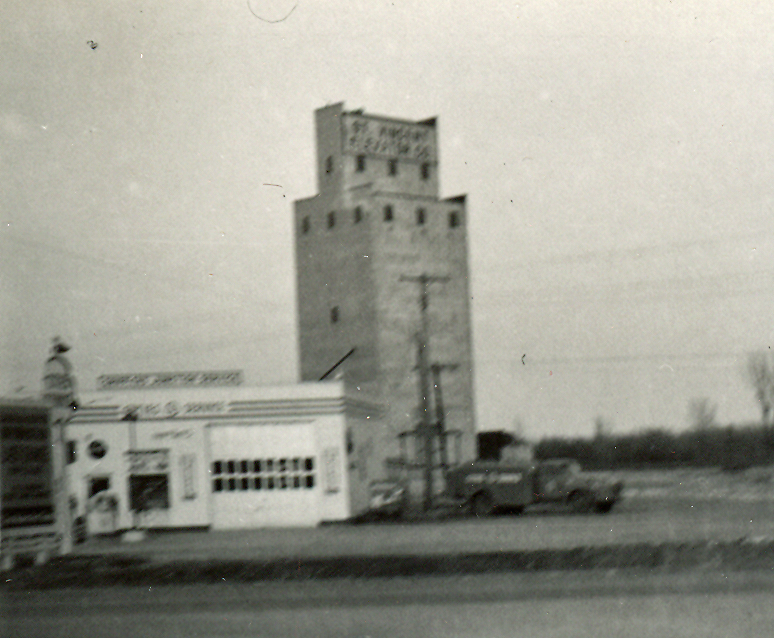When Pembina decided to throw an “after threshing celebration” on September 27, 1919, Lt. Vernon Omlie of Grafton was booked to “...give a number of airplane flights."
Pembina would figure prominently in the history of aviation in Pembina County. Twelve years after Omlie’s 1919 flights, officials from United States and Canada “joined hands with chiefs of the Northwest Airways, Inc. in dedicating Fort Pembina Airport as the first international airport in the world.” 1 Northwest began making regular flights out of Pembina for a number of years (until the airport was sold to the Whelan family in 1945...)
Fort Pembina Airport, was mentioned in Appendix C of the 1935 issue of the Journal of Air Law & Commerce Vol. 6 Issue 1, as an ''airport of entry" along the Canadian border.
Fort Pembina Airport, municipal. AIRPORT OF ENTRY. One mile S. of Pembina on State Highway No. 81. Latitude 48° 57'; longitude 97° 15'. Alt. 790 feet. Square, 2,640 by 2,640 feet, clay, level, artificial drainage. FORT PEMBINA AIRPORT embedded in field, N.W.A. on hangar roof. Hangar and trees to E.; pole line to E. , obstruction lighted. Facilities for servicing aircraft, day only. Medium powered radio range, KCDN, identifying signal “PB” ( .--. -... ) operating frequency 242 kc.
Trivia: Buell Edwin Blake, who enlisted in the U.S. Navy in May 1937 right after graduating from high school. "He had a tattoo saying USN 1937-41...He was a Radioman2 3rd class at that time [during WWII]. Later went on to be an Air Traffic Controller in Pembina," said his son, Gary Blake.
[Buell would meet his future wife during this time - Jeanne Short, daughter of Gail & Eliza Short of Short's Cafe...]
In Journal of Air Law & Commerce (Vol. 10, Issue 2 - 1939), Pembina was listed as a site that needed an established "...pilot-balloon station; and to Install Weather Bureau meteorological
personnel."
1: Despite
official Northwest Airlines history saying it wasn't until 1928...
2:
Why did airliners of old require radio operators?
One answer has touched on a major reason - Morse code operations.
The main differences were that the equipment usually was lower-powered and light-weight.
This state-of-affairs extended through both WWI and the 1920s, so radio-equipped aircraft used primarily MF radiotelegraphy handled by a radio operator just like the ships.
But the rapid evolution of radio in the early 1930s changed all this.
Small and lightweight radiotelephony receivers and transmitters using the new HF frequency range became available, and were installed even in small and medium-sized aircraft.





